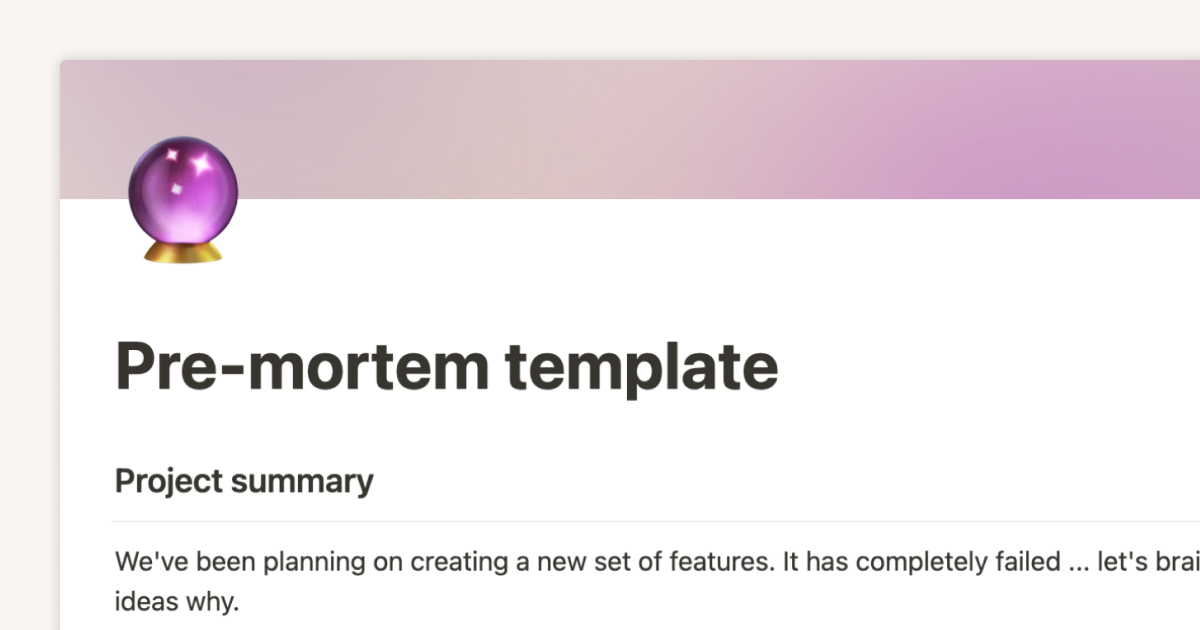As a manager, a timeline isn’t just a schedule — it’s a promise.
Completing a project within a set time frame takes more than technical skills. It requires you to make strategic choices when adapting your project plan to shifting demands. Speeding up the process, or fast-tracking in project management, is one such strategy.
Fast-tracking trades traditional sequential schedules for overlapping tasks, allowing your team to work on several critical items in parallel. A clear understanding of its advantages, disadvantages, and implementation can help you to hit that deliverable date.
What’s fast-tracking in project management?
Fast-tracking in project management involves executing multiple tasks simultaneously rather than sequentially. It’s sometimes referred to as parallel processing — similar to how a computer simultaneously processes several pieces of information.
This method can accelerate project timelines when there aren’t task dependencies, enabling teams to hit tight turnarounds or get a product or service to market quickly. For example, a software development group may use parallel processing when developing a product. While designers build and approve the interface, developers can simultaneously code the back-end system while quality assurance teams test the product in its various phases. A fast-track approach can cut down on project time, allowing the team to roll out software faster.
While completing a project ahead of schedule is enticing, it comes with risks. A fast-track schedule is only possible without complex task dependencies. If an engineering team building machinery needs to test and complete one component before creating the next, fast-tracking can backfire. An error in one task may have a ripple effect of costly revisions and delays in others, defeating the purpose of a fast-track system.
Likewise, tasks that appear independent may have hidden dependencies, and overlapping them can result in having to rework the project plan. Only apply fast-tracking after careful project requirement analysis, ensuring that the accelerated schedule doesn’t cause scope creep and extra strain on the team’s goals and resources.
Understanding schedule compression
Schedule compression is when you reduce a project’s duration without altering the project scope. It’s a situation many project managers and teams face when trying to meet looming deadlines and respond to unforeseen challenges.
Reasons for schedule compression may include:
External market demands, like a competitor launching a similar product or service
Internal factors, like an executive mandate to introduce a new service before the quarter’s end
New opportunities that give the organization a competitive advantage
Unexpected disruptions that jeopardize the original project timeline
To determine whether overlapping schedules is a feasible solution for compressing your timeline, carefully analyze the project management triangle, which considers resources, timelines, and task dependencies.
Notion’s project and task effort tracking template is a useful management tool to measure the average time and resources spent on specific tasks, helping you construct a realistic project schedule.
Benefits of fast-tracking
Fast-tracking can propel projects forward, helping you get your product to market quickly or free up space for other endeavors. And understanding the benefits can help project managers and teams decide whether the rewards are worth the risks. Some advantages include:
Shorter timelines — the most obvious benefit of fast-tracking is accelerated project completion. In quickly evolving industries, consistently meeting or beating deadlines ensures an organization keeps up with the competition. Efficiently managing timelines helps you bring a product to market ahead of competitors, bolster your company’s reputation, and meet regulatory compliance.
Enhanced collaboration — fast-tracking creates a work environment where communication isn’t only encouraged — it’s essential. When addressing several separate tasks concurrently, cross-functional teammates must work closely to ensure the project remains on course. Stronger interaction can improve the project outcome and, over time, team cohesion.
Optimized resources — standard sequential timelines can underutilize resources and needlessly stall progress. A team member waiting idly for the green light on a task they could realistically begin wastes time, while leaving rented equipment untouched until its designated step racks up costs. Fast-tracking optimizes resource allocation by ensuring all assets are productively in use.
Stronger risk management — although fast-tracking presents unique risks, such as setting overly optimistic deadlines or introducing room for human error, rearranging your plan can help circumnavigate road bumps that come with traditional project planning. If a challenge arises on one task, it won’t halt the entire project. Hitting tight deadlines can also ensure you comply with any market regulations and avoid penalties or fines.
Better time management — fast-tracking inherently encourages detailed time management. With concurrent tasks and multiple departments working simultaneously, meticulous scheduling is vital to avoid bottlenecks or resource conflicts. Managers must thoroughly understand the project timeline, identify efficiencies, and allocate resources.
Disadvantages of fast-tracking
Fast-tracking in project management can have substantial rewards, like keeping all team members engaged and eliminating lag time between tasks, but it’s crucial to consider the risks carefully. Otherwise, you could actually end up setting your project back. Here are a few potential disadvantages:
Tighter turnaround may compromise quality of work — the pressure to complete tasks simultaneously can strain quality controls. Maintaining rigorous review is essential to catch errors or defects that may become costly to fix later.
Team members can experience burnout — employees who manage multiple tasks simultaneously or work overtime may feel overloaded, leading to burnout. Developing clear expectations and a comprehensive schedule is vital to keep everyone on the same page, in turn maintaining productivity and morale. Using Notion’s project goals template to keep all team members tuned in to goals can help avoid misalignments that drain energy and motivation.
Tasks are more interdependent than anticipated — you should only fast-track when tasks are independent enough to run in parallel. Without careful analysis, hidden dependencies might surface during execution, which can disrupt workflows and push projects behind schedule.
When should you fast-track a project?
When considering fast-tracking a schedule, examine every detail of your plan. Here are six questions to think about:
Does your project plan have a realistic schedule?
Does your project plan outline every single task and required activity?
Did you identify every dependent task?
Are resources available to handle simultaneous items?
Are stakeholders comfortable with the risks?
Are systems in place to track progress and communicate openly between all stakeholders?
Fast-tracking versus crashing
Fast-tracking and crashing are both intended to shorten project timelines, and teams commonly implement crashing when fast-tracking is insufficient.
Whereas fast-tracking speeds up projects by rearranging tasks, crashing adds resources to critical tasks. It’s less complex to manage, but diligent planning is still vital. Without a careful budget, you may incur unexpected costs for overtime, paying extra to advance material delivery or hire contractors.
How to fast-track a project schedule: 7 steps
Creating a fast-track schedule requires strong attention to detail from start to finish. Here are seven steps to ensure you don’t miss a beat:
Clearly define the objective — your project plan should have an initial goal that’s realistic given your team and resources. Using a project goals template can help you avoid missing details.
Identify task dependencies — pinpoint which tasks are interdependent to determine those that you can’t complete in parallel without risking delays or revisions.
Review the project schedule — analyze the current schedule for tasks you can execute simultaneously.
Separate activities — isolate the flexible activities in the schedule from any that rely on previous steps.
Rebuild the schedule — with your list of flexible and non-flexible activities, decide which tasks can overlap with others and which you must perform in sequence.
Consult your team — before implementing a new schedule, confirm with your team and any involved clients that the scheduling is realistic. This ensures everyone is aligned with and committed to the new plan.
Monitor and communicate — once the project is underway, consistently monitor progress and performance. Address issues as they pop up to keep the project on course.
Stay on schedule with Notion
Notion’s workspace offers all the tools to build your fast-track system and plan and monitor the project. Use a project pulse template to plan and organize and project trackers to keep team members on track to complete important tasks. Or, search our template gallery to find something that perfectly suits your team’s needs.





